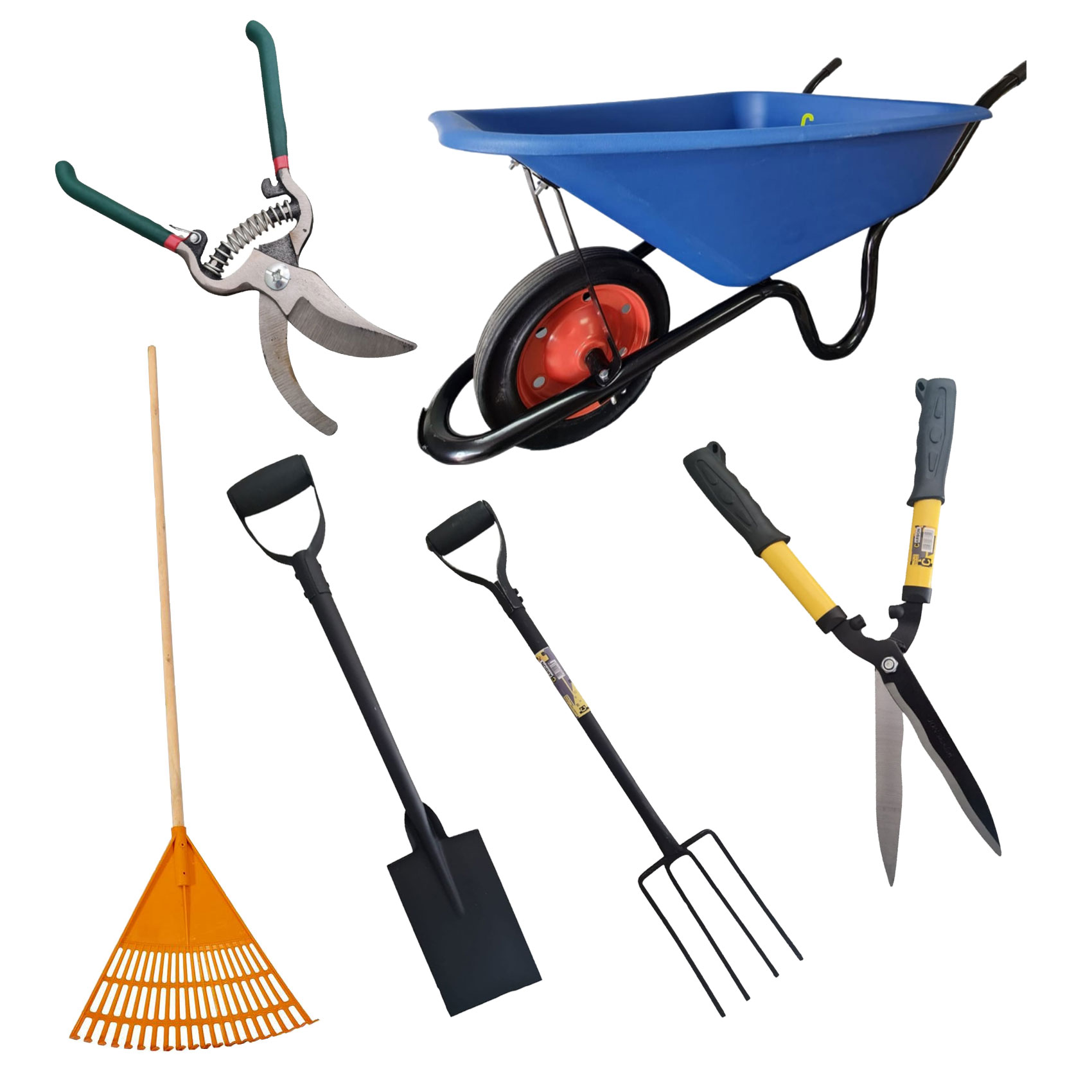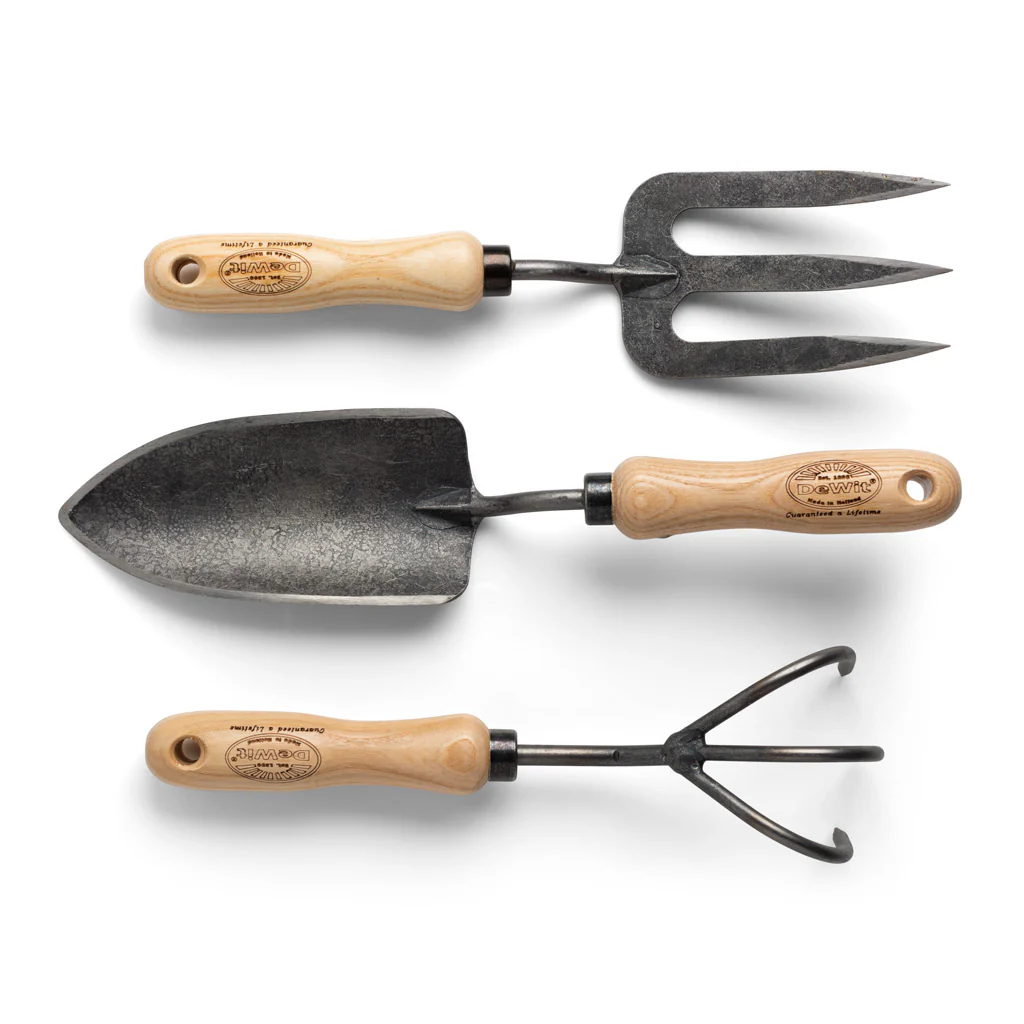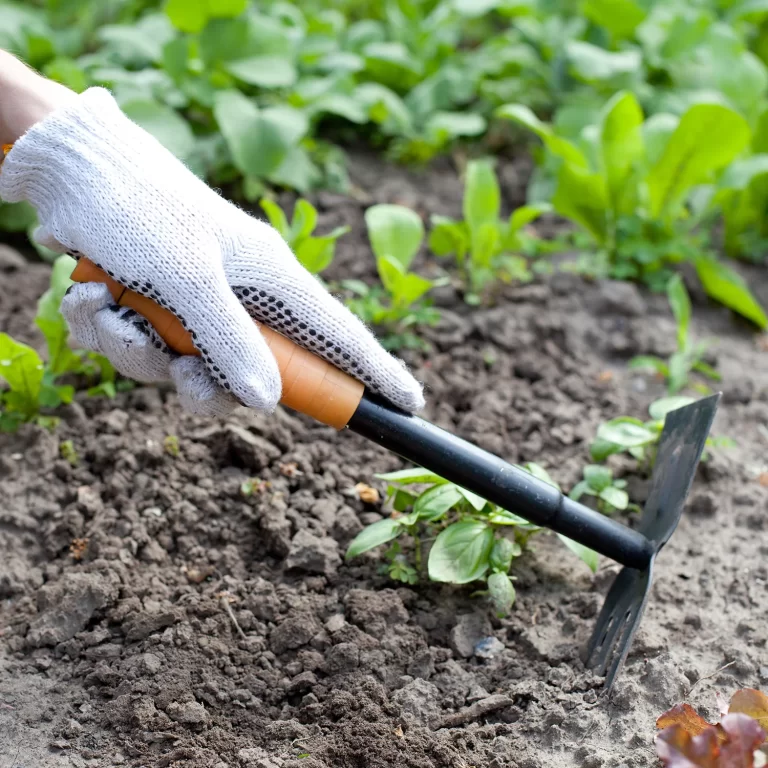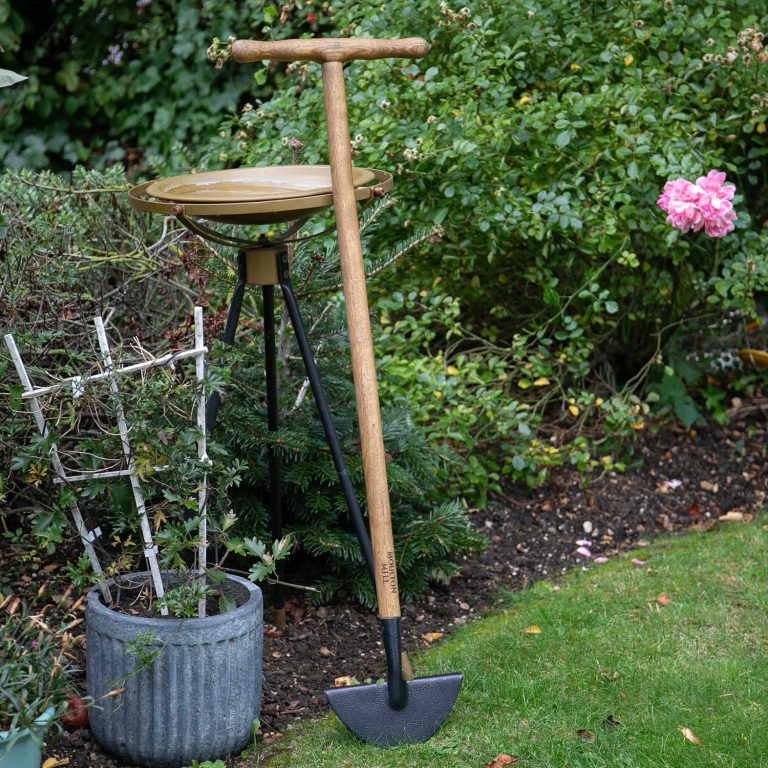
How to Organize Tools
The Importance of Tool Organization
Disorganized tools waste time, effort, and money. Misplaced items lead to frustration and duplicate purchases. Unorganized tools also pose safety hazards. Clutter increases tripping risks and enables tools to fall. Proper organization promotes efficiency. Tools are easily located and accessed when needed. It extends their lifespan by preventing damage or loss. How to organize tools?An organized system makes tasks feel more manageable. Time and energy are better focused.
Evaluating the Current Tool Situation
The first step is assessing the current state of tool storage. Take an honest inventory of existing organizational methods. Ask critical questions:
- What areas or spaces harbor tool clutter?
- Which items lack designated homes?
- Are any storage solutions underutilized?
- Do tools group logically by craft or task?
- Is there wasted space going unused?
Identify both problem areas and available underutilized spaces. This information guides developing an organizational plan.
Deciding on a Tool Organization Method
Consider these proven organizational methods for tools:
Toolbox or Cabinet
- Classic portable toolboxes keep basics together
- Wall-mounted cabinets with drawers provide visibility
- Organize by task: plumbing, automotive, woodworking
Pegboard Wall System
- Hang tools on removable pegboard hooks
- Outlines show where each tool belongs
- Keeps frequently used tools highly accessible
Rolling Tool Chest
- Multi-drawer chests on wheels are mobile
- Separate compartments for different tool types
- Store heavier tools on bottom for stability
Shelving Units
- Open shelves display items at a glance
- Group similar tools together by category
- Clear labeling aids identification
Combinations work well for large tool collections. Use multiple complementary methods across spaces.
Purging Duplicates and Unused Tools
As part of the organization process, purge duplicate tools. Keep backups of daily essentials only. Eliminate redundancies of obscure or low-usage tools.
Also remove any tools beyond reasonable repair or updating. Dull, rusted, and broken tools take up valuable space.
Decide on any inherited or gifted tools to keep versus sell or donate. Prioritize quality over quantity for each remaining tool.
Gathering Materials for Tool Organization
With a plan in place, gather organizational materials and supplies. This may include:
- Toolboxes, cabinets, or shelving units
- Drawer organizers and bin trays
- Pegboard, hooks, and tool outlines
- Labels, tape, and permanent markers
- Bungee cords, clips, or tool mounts
- Cleaning supplies to prep items first
Having dedicated organizational materials makes the process easier. They enable clean and consistent tool storage.
Deep Cleaning Tools Before Organizing
Before putting tools away, wipe down each item thoroughly. Use a degreasing solution along with rags or wire brushes. Remove built-up grime, rust, or debris.
Properly disinfect tools used for cleaning or personal services. Consider sanitizing solutions for items like grooming shears.
Allow tools to fully dry before storage. Apply a light coat of oil to prevent future rust. This deep cleaning provides a fresh start.
Establishing “Zones” By Activity
Group tools based on their designated purpose or activity:
- Automotive repairs and maintenance
- Woodworking and construction projects
- Plumbing tools and pipe fittings
- Gardening, landscaping, and pruning
- Home repair tools like hammers and hardware
- Cleaning tools and supplies
Assign different zones or sections for each category. This method makes locating the right tool for the job easier.
Creative Tool Storage Solutions
Supplement traditional toolboxes and chests with these unique storage hacks:
- Hang tools on a vacant wall or workbench surface
- Install a ceiling- or wall-mounted track system
- Re-use containers and caddies for smaller loose items
- Mount shovel racks on walls or in utility closets
- Install magnetic knife racks to hold metal tools
- Designate drawer dividers and compartments
Get creative with organizing supplies found around the home. Make use of vertical spaces on walls and doors.
Labeling and Identifying Tool Locations
Use printed vinyl labels, chalkboard markers, or masking tape. Create clear identifications for:
- Designated tool storage areas or zones
- Toolboxes, bins, drawers, and other containers
- Outlines on pegboards for each tool location
- Any ambiguous tools that need explaining
Consistent and obvious labeling eliminates guesswork. It keeps disorganization from reoccurring later.
Focusing on Accessibility and Convenience
Place most frequently used tools in highly accessible locations:
- Keep daily essentials like hammers and screwdrivers within reach
- Mount often-accessed hand tools on pegboard sections
- Store power and yard tools near their point-of-use
- Place heavy, bulky tools at arm level for easier grabbing
Prioritize convenience to reinforce an organized mindset. If grabbing tools feels like a chore, haphazard habits return.
Maintaining an Organized Tool Space
An organized tool system only succeeds with disciplined maintenance:
- Develop processes for cleaning and repairing tools
- Designate spaces for tools awaiting repair
- Return each tool to its proper home after usage
- Do frequent inventory checks for missing items
- Re-stock organizational supplies as containers wear
- Regularly dust, sweep and tidy the tool area
Enlist family members to follow organizational systems too. Forming good habits prevents future clutter and chaos.
Benefits of Tool Organization
Overhauled organization provides many benefits:
- Efficiency increases with tools easy to locate
- Safety improves by minimizing hazards
- Less money wasted on replacing lost tools
- Maximized use of available storage space
- Easier inventory management
- Pride and satisfaction in an organized space
- Less stress and frustration finding things
The initial investment of effort pays dividends. It creates an workspace conducive to productivity.

The Bottom Line on Tool Organization
Cluttered, haphazard tool storage causes ongoing headaches. An organized tool system makes life easier. It saves time otherwise spent rummaging through mess. Tools are guarded against damage, loss or neglect.Having a designated place for everything creates a sense of order. Tool organization also sets an example for children. It instills tidy habits and responsibility. The process may seem daunting initially. But persisting effort delivers major productivity payoffs. An organized tool space makes any DIY or hobby task more satisfying.
In conclusion, organizing tools is essential for efficiency and productivity in any workspace. By implementing a systematic approach to tool organization, individuals can save time, reduce the risk of accidents, and improve overall workflow. From tool chests and pegboards to drawer organizers and magnetic tool strips, there are numerous options for creating a well-organized and functional workspace.
Additionally, labeling and maintaining regular cleaning routines can further enhance the organization system, ensuring that tools are easily accessible and well-maintained. By prioritizing tool organization, individuals can create a safer and more efficient working environment, whether it’s in a garage, workshop, or professional setting. Ultimately, a well-organized tool setup sets the foundation for successful projects and contributes to a more enjoyable and productive working experience.




